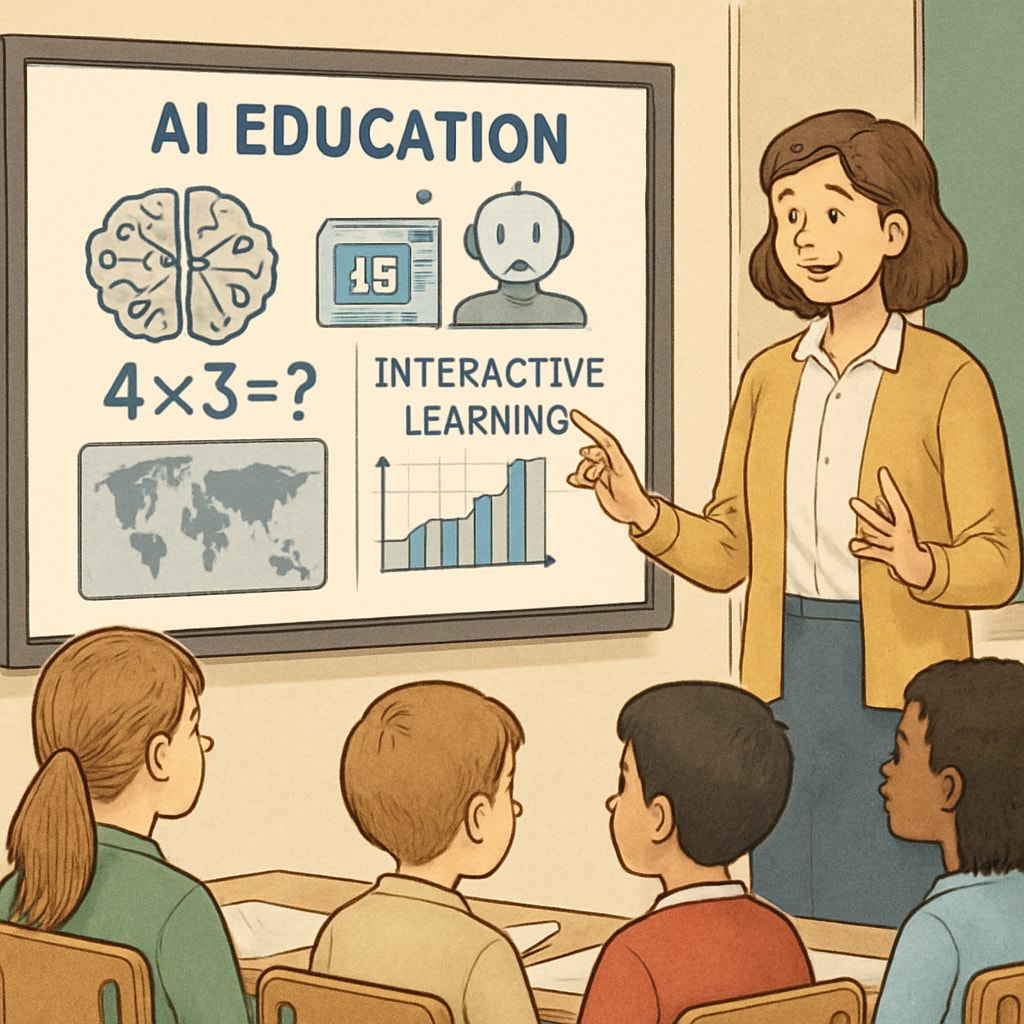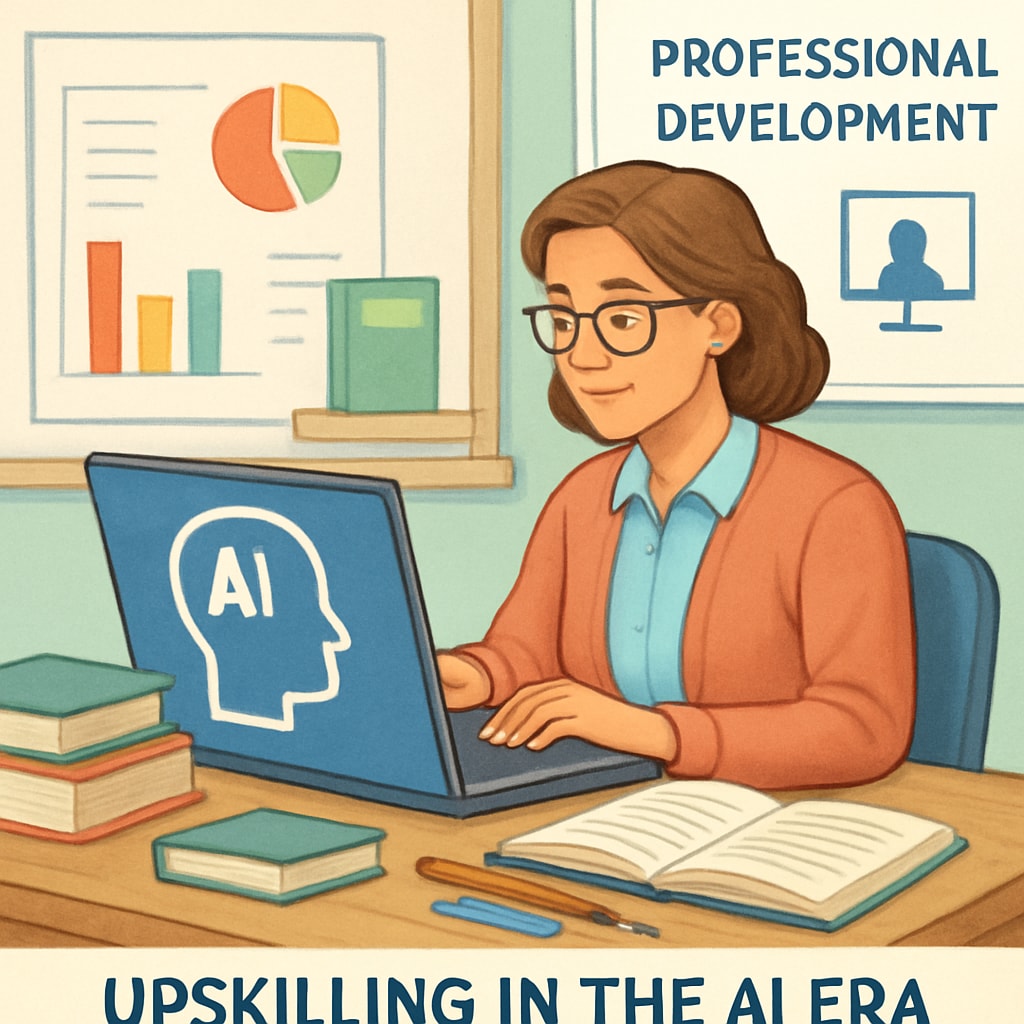Artificial intelligence (AI) is rapidly transforming industries, and education is no exception. With tools like Google Gemini capable of analyzing data, generating lesson plans, and even grading assignments, teachers are increasingly questioning their professional value. How can educators redefine their roles in an AI-driven educational landscape? This article examines how artificial intelligence reshapes teacher responsibilities, skills, and salary structures while questioning whether the current education system is prepared for this monumental shift.
How Artificial Intelligence Is Redefining Teachers’ Roles
The integration of AI into education is no longer hypothetical. Tools like OpenAI and Google Gemini are already being used to automate tasks that once required hours of a teacher’s time. For example, AI can create personalized learning plans for students, assess progress, and provide real-time feedback. These capabilities significantly reduce the need for repetitive administrative work, allowing teachers to focus more on interpersonal and creative aspects of teaching.
However, this shift also raises critical questions. If AI can perform many of a teacher’s routine tasks, what unique value do human educators bring to the table? The answer lies in areas AI cannot yet replicate—empathy, mentorship, and the ability to address complex social and emotional needs in students. But will these skills alone justify current salary levels?

The Impact of AI on Teachers’ Salaries
As AI takes over some teaching responsibilities, the traditional salary structure for educators may come under scrutiny. Currently, teachers are compensated based on experience, qualifications, and the hours they dedicate to their roles. But what happens when a significant portion of their workload is automated? Will salaries be reduced to reflect the diminished need for manual labor, or will new responsibilities, such as managing AI systems and interpreting data analytics, bring higher pay?
Some experts argue that teachers could transition into more specialized roles, such as AI facilitators or education technologists. These roles could require advanced training and offer competitive compensation. On the other hand, a failure to adapt could lead to stagnant wages and reduced job security, exacerbating existing challenges in the teaching profession.
Are Education Systems Ready for This Transformation?
One of the most pressing questions is whether today’s education systems are prepared to integrate AI effectively. While AI offers significant advantages, its implementation requires substantial investment in infrastructure, teacher training, and curriculum redesign. Moreover, schools must address ethical concerns, such as data privacy and the potential for algorithmic bias, ensuring that AI tools are used equitably.
Another challenge lies in bridging the digital divide. In many regions, access to advanced technology remains a privilege rather than a norm. Without addressing these disparities, AI could widen the gap between well-funded and under-resourced schools, creating inequities that undermine the very purpose of education.

Conclusion: The Path Forward
Artificial intelligence is undoubtedly reshaping the education landscape, challenging traditional notions of teacher value and compensation. While AI can enhance efficiency and provide valuable insights, it cannot replace the human connection and adaptability that educators bring to their roles. To remain relevant, teachers must embrace continuous learning, focusing on skills that complement AI rather than compete with it.
Ultimately, the successful integration of AI into education depends on thoughtful policy-making, investment in teacher training, and a commitment to equity. By addressing these challenges proactively, we can ensure that AI serves as a tool to empower educators rather than replace them.
For more information on the ethical implications of AI in education, visit Britannica’s Artificial Intelligence page.
Readability guidance: This article uses short paragraphs, accessible language, and clear transitions to ensure readability. Key ideas are highlighted in lists and supported by external references for credibility.


